Stereotypes, misconceptions and the myth of the “female brain”
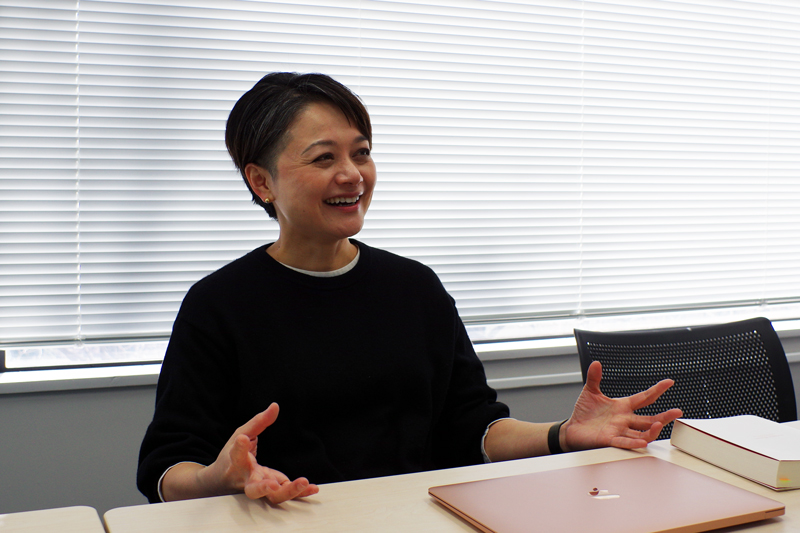
The terms “male brain” and “female brain” are brought up from time to time when discussing differences between men and women. Professor Yuko Yotsumoto of the Graduate School of Arts and Sciences is a specialist in cognitive neuroscience, and she explains whether these terms have any scientific basis and how oversimplified information can be problematic.
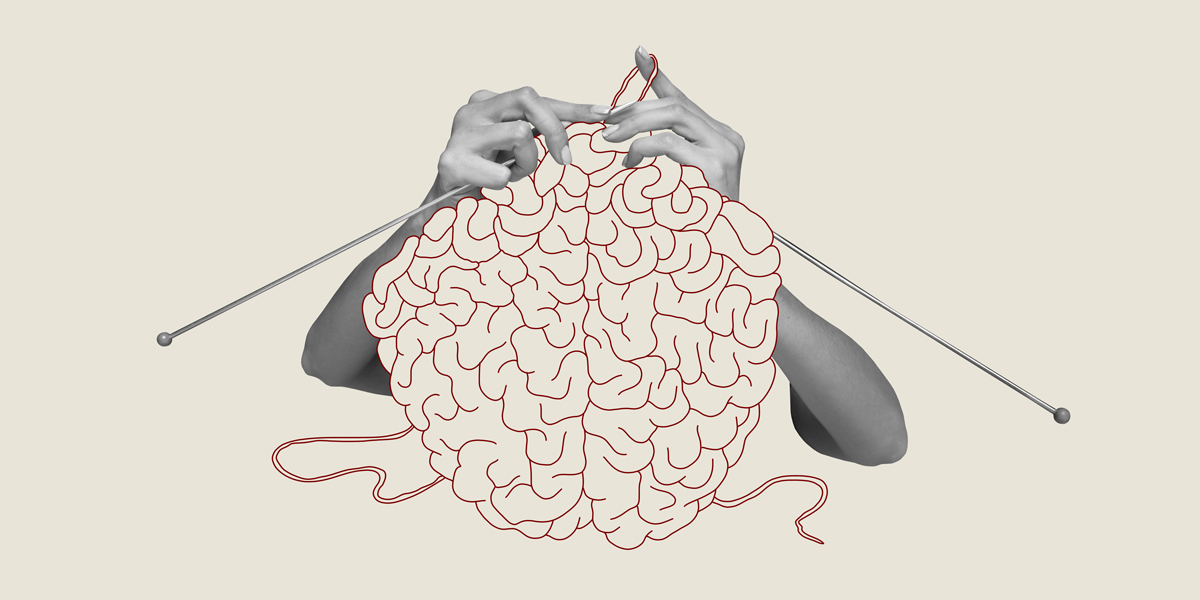
The many dimensions of the human brain
── Is there any scientific basis for the idea that there is a uniquely “male” or “female” human brain?
The terms “male brain” and “female brain” reference the idea that the brain differs according to one’s sex, but as a concept, sex is highly multidimensional. In the same way that the concept of gender, or one’s socially or culturally defined “sex,” contains variety and diversity, biological sex is also complex. Biological sex includes genetic sex, which is determined by chromosomes; hormonal sex, which relates to hormones secreted by the testes and ovaries; and phenotypic sex, which refers to the physical structure of primary and secondary sex characteristics. Furthermore, these do not necessarily align for all people. That being said, we cannot completely ignore the categories of “male” and “female.”
To be clear, if you measure and compare the brains of 500 men with the brains of 500 women, you will find differences in many areas, but these differences are different from the sex-based ones imagined by the terms male brain and female brain. Underlying the discourse about male and female brains is the idea that men and women have different strengths and weaknesses because their brains are “different,” and so we should divide our labor accordingly in order to keep society operating smoothly. However, there is no scientific basis for this idea. With multidimensional analysis, we can see that there are no distinctive characteristics in the brains of all 500 men or all 500 women, but rather a “mosaic” of individual differences.
For example, consider for a moment how many axes of identity, such as occupation or place of origin, you have as an individual. You will likely find that you have many of them, not only sex and gender. Because the brain can be divided into more than 100 parts in accordance with function and shape, that alone would give you more than 100 axes to consider. It is possible for us to carry out a multidimensional brain analysis using computational theory that takes multiple axes into account. In neuroscience, we are trying to increase the resolution on this seeming mosaic of individual differences and understand them as something with multiple dimensions. From this, we cannot simply conclude that a person’s strengths and weaknesses are determined by their sex or gender.
── Why is it a problem that the idea of the male or female brain is nevertheless so pervasive in our society?
Firstly, in order to understand why the pervasiveness of this idea is a problem, we need to think about how measurable differences in the brain come about and why. The brain is affected not only by genetic factors, but also social ones. In other words, the brain changes with the environment and with training, such as what kind of education a person has received and what sports and musical instruments they have been exposed to. We cannot attribute the differences we have observed in the brains of men and women in their 20s and 30s to their biological sex assigned at birth.
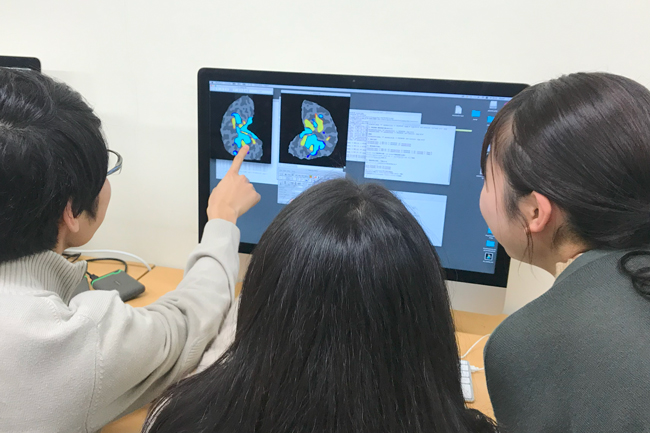
However, the classification of a brain as male or female is based on the misconception that there are innate, sex-based differences from birth. Even though scientific evidence points to the fact that society changes the brain, promoting a division of labor on the basis of that misconception may actually exacerbate the inequality and discrimination that exists in today’s society, not to mention reinforce gender stereotypes. In order to prevent this vicious cycle, I believe we should focus on differences in social structure before we try categorizing brains according to sex.
For example, the world contains both right-handed and left-handed people, but you would not say that someone is unfit for a particular field of study because of their right-handedness. It is strange, then, to assume that a person’s strengths and weaknesses depend on whether they have a male or female brain. Human beings are complex and diverse. Instead of dividing society in a binary fashion by sex or gender, I think we’d all be better off if we brought more clarity to the full spectrum of individual characteristics and differences, and came to respect the strengths and weaknesses, and likes and dislikes of individuals.
── What kind of research has been done on the differences created by society?
There are some interesting studies that have measured competitiveness among men and women. Suppose there are two ways to participate in a game that involves tossing tennis balls into a bucket: One way is to work alone and receive a reward based on the number of balls you toss into the bucket successfully, regardless of how well other participants perform; the other is to work in pairs competing against each other, and if your pair wins, the reward is greater than in the first option, but if you lose, you receive nothing at all. When various groups of men and women were asked which method they preferred, a survey of U.S. college students found that male students were more likely to work in pairs, while female students were more likely to participate alone.
When the same experiment was conducted with the Maasai people, a tribe in East Africa known for its male-dominant patriarchal social structure, male participants still preferred greater competition. However, among the Khasi people living in northeastern India, which is an ethnic group with a female-dominant matrilineal structure, the results showed that it was women who preferred competition more. Such is the influence of society that the same experiment can yield opposite results if the social structure of the participants is different. Of course, genetics and hormones also influence human behavior and decision-making, but differences in the social landscape can account for various differences in outcome. I think this experiment demonstrates how pointless it is to make assumptions based on genetics or biological sex.
Diversity and the “human standard”
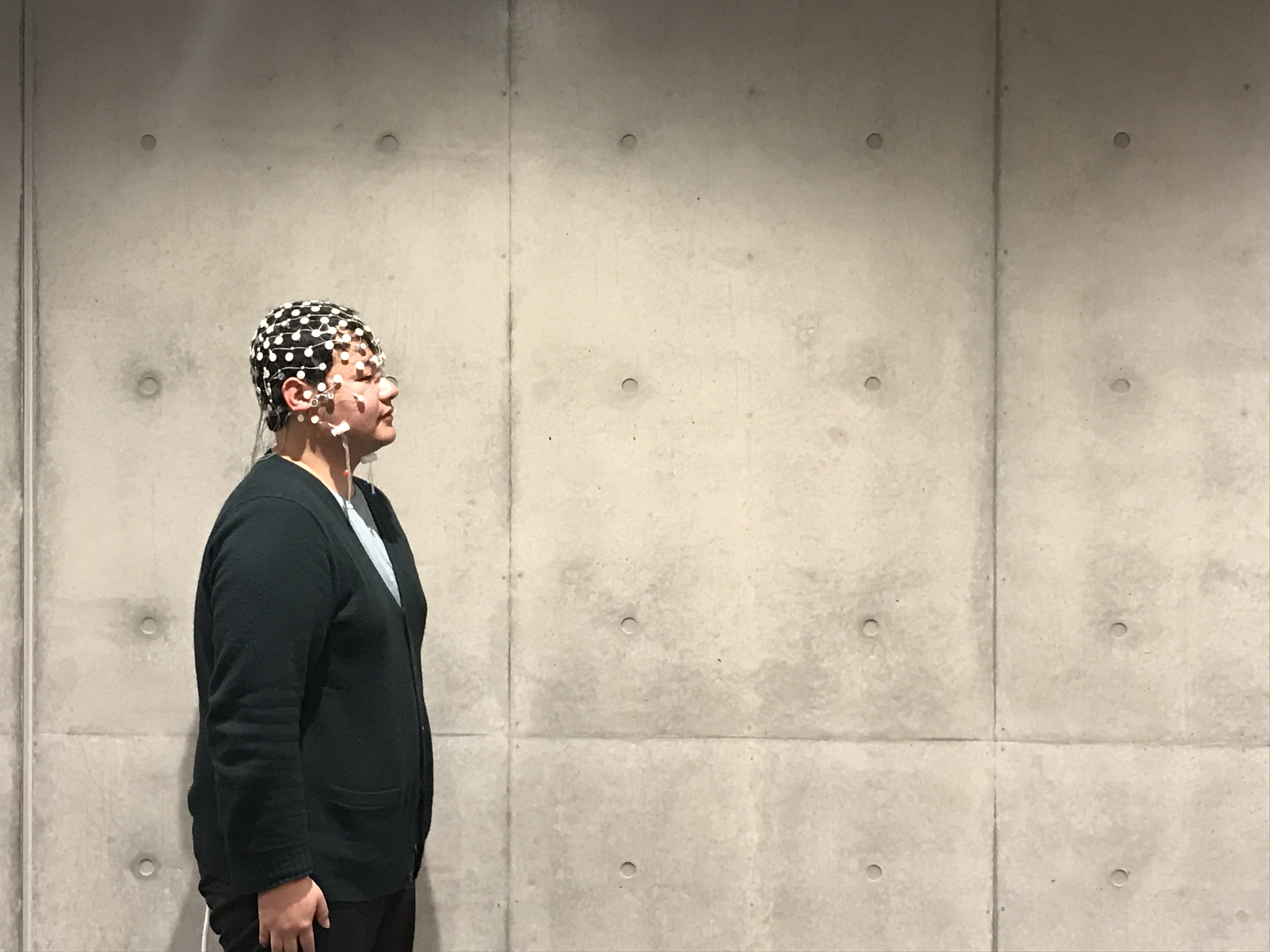
── How does neuroscience deal with diversity, which cannot be classified into broad categories?
Twenty years ago, research centered on male subjects in an array of fields. For example, vehicle crash test dummies were developed representing the heights and weights of adult men, and pain research used male mice, while the seats and harnesses in heavy construction equipment were built sized for Western, white men. Even in cognitive neuroscience, right-handed men had been considered the “human standard” in experiments, and papers were published using results obtained from measuring such men only. More recently, however, there has been more awareness that people of various genders and ethnicities who do not fit the uniform standard of “white men” have been placed at a disadvantage, so the situation has been changing.
My own research focuses on how sensory and perceptual information is processed in the human brain, so I do not conduct experiments that are separated by gender unless I am specifically investigating differences between men and women. At the same time, I take data from both male and female subjects in order to maintain a balanced data set and avoid biases toward a particular group of people. I also believe it is important to make the purpose of the research clear and to avoid overgeneralizing. Experiments conducted at universities are typically centered on students between the ages of 18 and 24 or 25, so we cannot say that data acquired from young adults applies across age groups. If we were to study the cognitive neuroscientific aspects of how the human brain changes with age, we would need participants representing a wider range of ages.── What do you keep in mind when communicating the results of your research to society?
Using mean, or average, values to explore the characteristics of a group is an important method in science. However, I think we need to maintain some distance from those averages and place greater value on the individuals that make up society. If we create a graph indicating some score on the horizontal axis and the number of people on the vertical axis, we get a bell-shaped curve representing a large number of people near the average and a few at the extremes. We have to keep in mind that the mean value is derived from data that is dispersed, by which I mean that there are people who have high scores and people who have low scores alike. We cannot attribute the characteristics of the group as a whole to the individuals within it.
Generally speaking, the simpler the story, the easier it is to communicate, and we tend to rely on simplified, unscientific categories. Even if information is scientifically accurate when it is first communicated to the public, it gets simplified as it makes its way through press releases, online news and social media, not unlike a game of telephone. Eventually, it can end up spreading as baseless commentary with no scientific backing, and as with the assumptions about male and female brains, it is difficult to correct information once it has already spread. In order to prevent the inequality and discrimination exacerbated by the spread of false information, I believe it is important for researchers to maintain the perspective that the knowledge gained from experiments should not be overgeneralized when communicated to society.
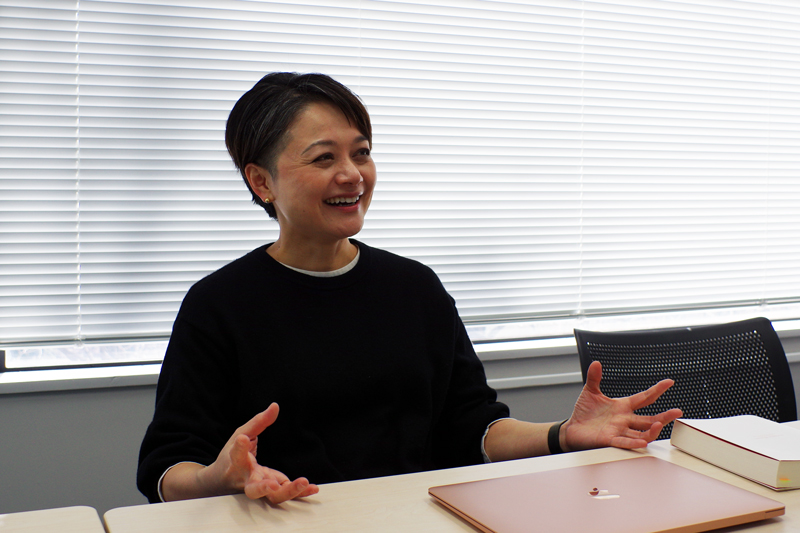
Yuko Yotsumoto
Professor, Graduate School of Arts and Sciences
Graduated from the Faculty of Letters at the University of Tokyo in 1998. Attended graduate school at Brandeis University in the U.S., where she obtained a Ph.D. in psychology in 2005 for her research on mathematical models of visual memory. Pursued research on brain function using MRI, as a research fellow at Boston University, Massachusetts General Hospital and Harvard University. Assumed current position in 2022, following prior academic appointments as project associate professor at Keio University in Tokyo and associate professor in the Department of Life Sciences in the Graduate School of Arts and Sciences at the University of Tokyo. Contributing author of Kiso Shinrigaku Jikkenho Handbook (“Handbook of Psychonomic Experimental Methods”) (Asakura Publishing Co., Ltd., 2018) and co-supervising editor of APA Shinrigaku Daijiten (Baifukan Co., Ltd., 2013), the Japanese translation of the APA Dictionary of Psychology (American Psychological Association, 2006).
Interview date: Feb. 16, 2024
Interview: Yuki Terada, Hannah Dahlberg-Dodd






